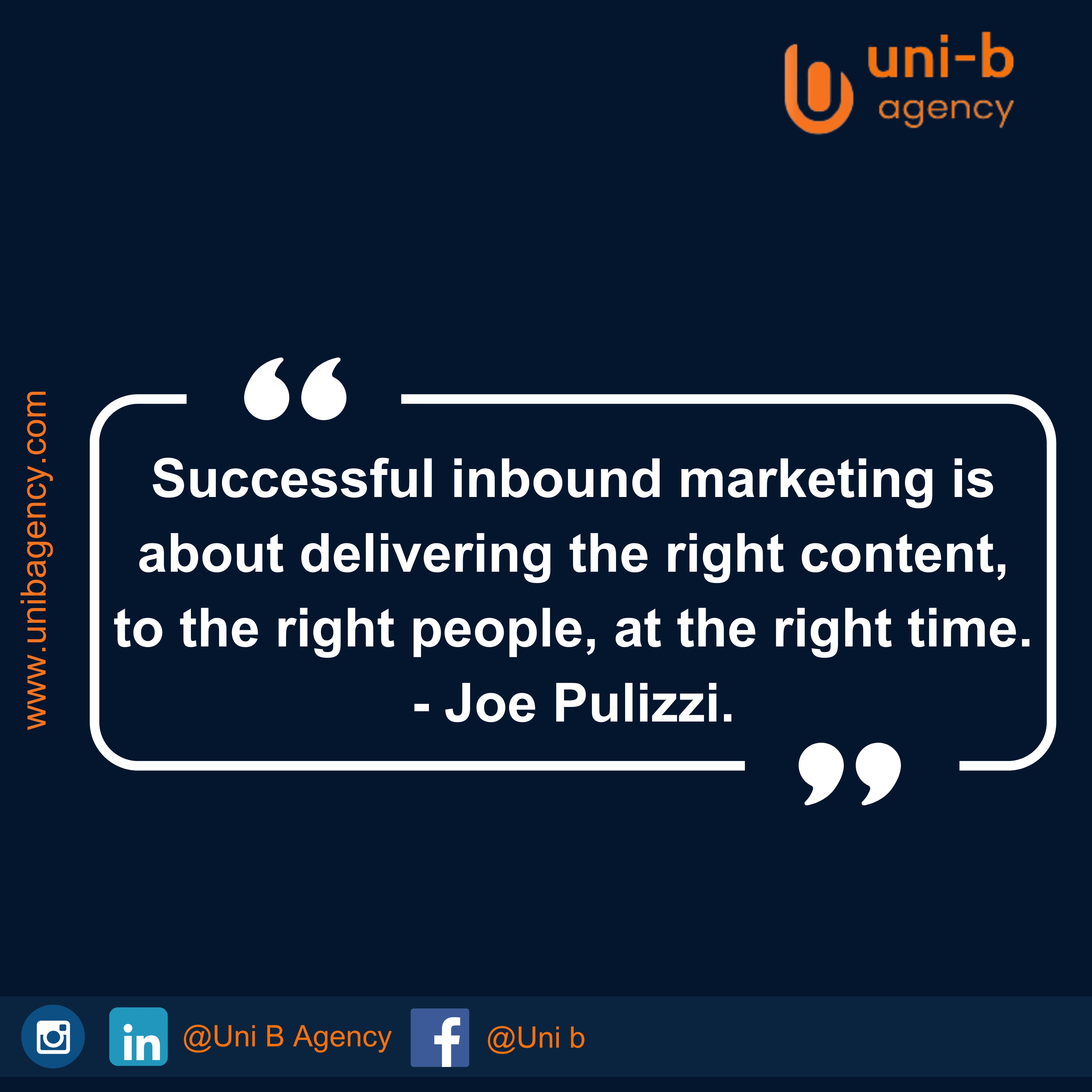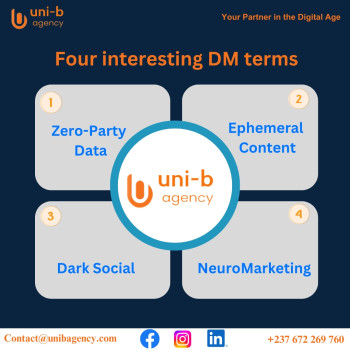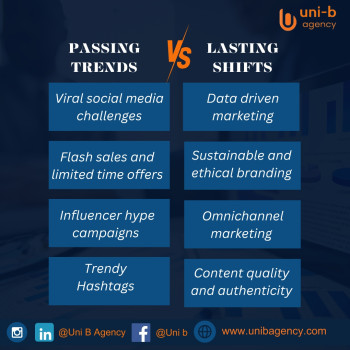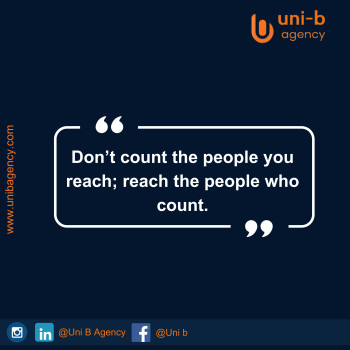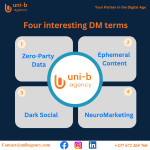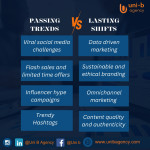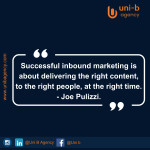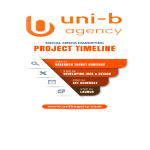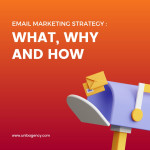.In today's digital landscape, inbound marketing has emerged as a powerful strategy for businesses looking to attract, engage, and delight customers. At the heart of successful inbound marketing lies a fundamental principle: delivering the right content to the right people at the right time. This trifecta forms the foundation of a strategy that not only draws potential customers to your brand but also nurtures relationships and drives conversions. Let's dive deep into each component and explore how you can leverage this principle to elevate your marketing efforts.
1. The Right Content: Crafting Value That Resonates
Content
is the lifeblood of inbound marketing, but creating just any content isn't
enough. The "right" content is a carefully crafted message that
speaks directly to your audience's needs, interests, and pain points.
Key aspects of the right content:
a) Value-Driven: Your content should provide tangible value to your audience. This could be in the form of solving a problem, offering insights, or teaching a new skill.
b) Relevance: Ensure your content aligns with your audience's interests and challenges. Conduct regular market research to stay attuned to your customers' evolving needs.
c) Brand Alignment: While addressing audience needs, your content should also reflect your brand's voice, values, and unique selling proposition.
d) Diverse Formats: Cater to different learning styles and preferences by creating a mix of content types – blog posts, videos, infographics, podcasts, and more.
e) SEO-Optimized: Incorporate relevant keywords and follow SEO best practices to improve your content's visibility in search engine results.
f) Actionable: Include clear calls-to-action (CTAs) that guide your audience on what to do next, whether it's downloading a resource, signing up for a newsletter, or making a purchase.
2. The Right People: Targeting Your Ideal Audience
Creating great content is only half the battle. Ensuring it reaches the right people is equally crucial. The "right people" are those most likely to be interested in your offerings and become loyal customers.
Strategies for reaching the right people:
a) Develop Buyer Personas: Create detailed profiles of your ideal customers, including demographics, behaviors, goals, and challenges.
b) Audience Segmentation: Divide your audience into distinct groups based on shared characteristics, allowing for more personalized marketing efforts.
c) Data-Driven Targeting: Utilize analytics tools to gather insights about your audience's online behavior and preferences.
d) Personalization: Tailor your messaging and offerings to specific segments of your audience, increasing relevance and engagement.
e) Multi-Channel Presence: Be present where your audience spends time online – whether it's social media platforms, industry forums, or niche websites.
f) Influencer Partnerships: Collaborate with influencers and thought leaders who have the ear of your target audience.
3. The Right Time: Timing Your Marketing for Maximum Impact
Even with the perfect content and the ideal audience, timing can make or break your marketing efforts. The "right time" involves understanding your audience's journey and delivering content at moments when it will have the greatest impact.
Strategies for nailing the timing:
a) Map the Customer Journey: Understand the different stages your customers go through from awareness to purchase and beyond.
b) Content Alignment: Create content specific to each stage of the buyer's journey – awareness, consideration, and decision.
c) Marketing Automation: Implement tools that allow you to trigger content delivery based on specific user actions or time intervals.
d) Behavioral Triggers: Set up systems to deliver content based on user behavior, such as abandoning a cart or visiting a specific page multiple times.
e) Seasonal and Trend-Based Timing: Align your content with seasonal events, industry trends, or news that's relevant to your audience.
f) Optimal Posting Times: Research and test the best times to post on different platforms to maximize visibility and engagement.
g) Follow-Up Sequences: Develop well-timed follow-up sequences for leads at different stages of the sales funnel.
Putting It All Together: The Inbound Marketing Ecosystem
When you successfully combine the right content, the right people, and the right time, you create a powerful inbound marketing ecosystem. This system not only attracts potential customers but also nurtures them through their buying journey, ultimately turning them into loyal advocates for your brand.
Key benefits of mastering this trifecta:
1. Increased Brand Awareness: By consistently delivering valuable content to your target audience, you improve your brand's visibility and recognition.
2. Higher Quality Leads: Attracting the right people with relevant content naturally leads to more qualified prospects entering your sales funnel.
3. Improved Customer Engagement: Timely, valuable content keeps your audience engaged and interacting with your brand across multiple touchpoints.
4. Better ROI: By focusing your efforts on the right audience at the right time, you can achieve better results with potentially lower marketing costs.
5. Customer Loyalty: Consistently providing value builds trust and loyalty, turning customers into brand ambassadors.
6. Adaptability: This approach allows you to quickly adapt to changing market conditions and customer needs by adjusting your content strategy.
Conclusion:
Successful inbound marketing is indeed about delivering the right content to the right people at the right time. By focusing on creating valuable, relevant content, precisely targeting your ideal audience, and timing your delivery for maximum impact, you can create a marketing strategy that not only attracts customers but also builds lasting relationships. Remember, inbound marketing is an ongoing process of learning, adapting, and refining. Continuously analyze your results, gather feedback, and be ready to adjust your strategy to stay aligned with your audience's evolving needs and preferences.
As you
implement this approach, you'll find that your marketing efforts become more
efficient, effective, and aligned with the way modern consumers make purchasing
decisions. Embrace this principle, and watch as your inbound marketing
transforms from a set of tactics into a powerful engine for sustainable
business growth.
